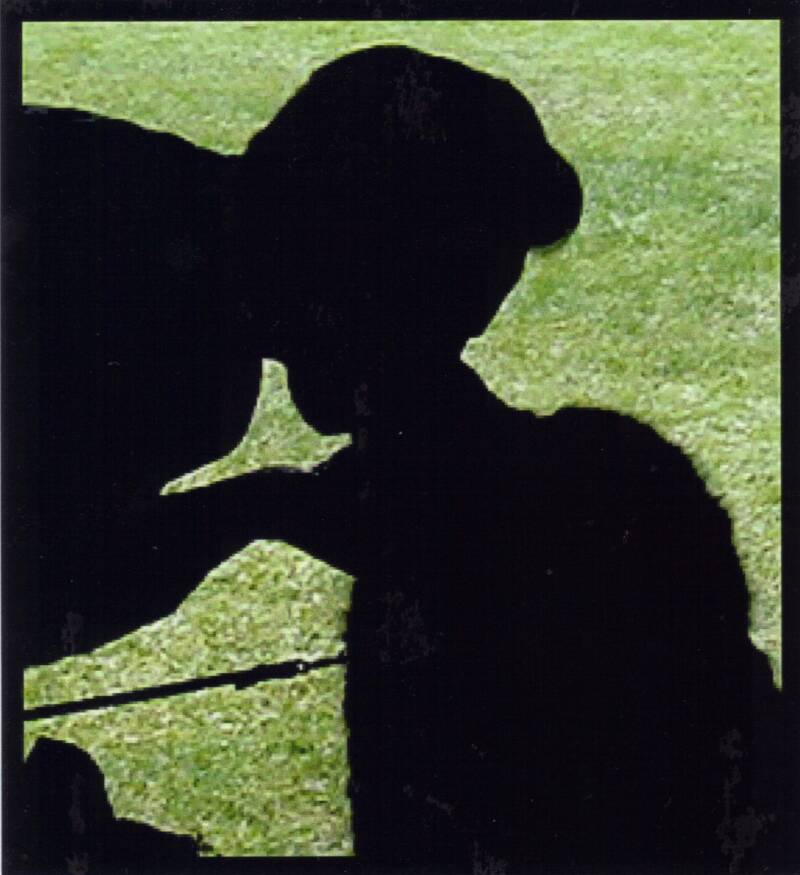SUMMERLYN SAINTS IS A SMALL SHOW KENNEL LOCATED IN BEAUTIFUL SOUTHERN CALIFORNIA. WE ARE ACTIVE IN OUR LOCAL SAINT BERNARD CLUBS. ALSO PROUD MEMBERS OF THE SAINT BERNARD CLUB OF AMERICA.
WE STRIVE TO PRODUCE QUALITY SAINT BERNARDS THROUGH SELECTIVE BREEDING. OUR DOGS ARE VERY SUCESSFUL IN MANY AREA'S. TOP NOTCH SHOW DOGS, LOVING FAMILY PETS, THERAPY DOGS, OBEDIENCE DOGS, AND PERFORMANCE DOGS. NOT EVERY PUPPY CAN BECOME A SHOW DOG AND WE ARE HAPPY TO PRODUCE TOP QUALITY COMPANION ANIMALS
SAINT BERNARD CLUB
OF AMERICA LINK

WE FEED AND RECOMMEND

Jackie Schart works at a local animal shelter. She is also a Certified Pet Dog Trainer, CPDT. Jackie is very passionate about all dogs, especially Saints. She also spends her free time helping with Saint Bernard rescue; the local southern California group ADOPT A SAINT. Jackie enjoys competing with her saints in confirmation, she also enjoys teaching handling and obedience classes.
William Buell III, known affectionately as Little Bill or Billy is a 3rd generation Saint Bernard breeder. Born into saints it was no surprise that he has continued the family tradition of breeding Champion Saint Bernards. Having worked most of his life as a professional all breed dog handler, Billy now enjoys teaching handling classes, and exhibiting his saints in conformation.

About Us

THE PEDIGREE
Writen by
Lillian Buell October 1962
The average pet buyer only sees a piece of paper with long strange sounding names, and finds it less confusing to just tuck it away into a desk drawer. Actually that piece of paper represents some breeder's plans, often involving years of work, with both success and failure.
In our breed, I find that dogs generally look as good as their pedigree. True, sometimes a dog with an excellent pedigree will have a major fault that is too serious for a show career, but he will still look like a St. Bernard you are not ashamed to be seen with. Rarely does a dog of all pet stock look better than the inferior dogs in his background. You cannot take a dog of solid pet ancestry and hope to produce quality stock. This is why every successful breeder constantly stresses that foundation stock must be top quality.
Without the pedigree, complete havoc would result in breeding dogs. Too many people only consider the individuals to be bred. The easy way is to take a bitch and breed her to a male with no similar faults, and then look forward to a faultless litter. The trouble is that it doesn't work that way. Those grandparents and great grandparents have too big a part to play. Even if the parents do not have similar faults, it may be the grandparents did. Disaster is the result.
If your bitch has a faulty top line, then you must investigate the pedigree to find out where it comes from. It may shock you to find a male you planned to breed to because he has such a great top-line, may have a common ancestor that caused your bitch's problem.
A great show dog does not have to be a great producer. However a pedigree filled with quality champions should indicate something. At the very least, it indicates someone was at least trying to produce better dogs.
Some great sires are not show dogs. Yet their pedigree will indicate the greatness before time proves it. But breeders who never study the pedigree of a dog who is not shown, would shrug him off saying he will never make it in the ring.
One of the most difficult problems a breeder can face is when he owns a bitch with a fine pedigree yet she has a major fault. Such a bitch can be of value only if her pedigree is carefully investigated and used to select her mate.
A kennel who is selling breeding stock should never sell a dog without giving a 4 generation pedigree, and they should try their best to describe the dogs on their pedigree. They should give as much information as they can in regards to rough or smooth, and splash and mantle coats. The novice must depend on this pedigree to supply him with information. The more information he has the less shocks he will have to contend with.
So study the pedigree well. Find out from photographs and conversations with old-timers just who produced the faults and virtues of your dogs. Some times it takes a born detective to track it down, sometimes it is impossible, but the hunt is always fun.
One caution: However large the pedigree looms in the breeding program, it should not completely overshadow the dog,, and breed for a pedigree alone. We breed dogs to produce better dogs and not to establish spectacular pedigrees. No pedigree is better than the word of the person who makes it, so buy from a breeder who is known to be reliable.
Use the pedigree to guide and as a means to an end.




